Gait Analysis System: The Personal Trainer for Athletes, Helping Optimize Running Posture
Running is a simple and popular sport, but running scientifically is not as easy as it seems. Every individual has a unique running posture, and slight mistakes can lead to injuries caused by incorrect gait. As an innovative technology product, the gait analysis system is known as the "personal trainer" for athletes. By providing a detailed analysis of a runner's gait, it helps optimize running posture, enhance performance, and reduce injury risks. Whether for professional athletes or recreational runners, the gait analysis system offers scientific guidance and serves as an essential tool for improving running form.
Using high-precision sensors, the gait analysis system captures data such as stride length, cadence, step width, and plantar pressure distribution. With advanced algorithms, it generates personalized gait reports. This data not only visually represents a runner’s posture characteristics but also identifies potential issues, enabling targeted adjustments and training.
Why Is Proper Running Posture Important?
Correct running posture not only improves efficiency but also reduces the likelihood of injuries. Incorrect postures, such as heavy heel strikes, overstriding, or excessive ankle pronation, can place unnecessary stress on joints and muscles, increasing injury risks. Furthermore, factors like terrain, running speed, and individual physical traits can influence the quality of running posture.
The gait analysis system can precisely identify these influencing factors and provide scientific data to help runners adjust their stride. For example, for runners frequently experiencing knee pain, the system might reveal that the root cause is overstriding or uneven foot pressure. These valuable insights empower runners to refine their techniques and achieve better results.
How Does the Gait Analysis System Optimize Running Posture?
Detecting Running Patterns
The gait analysis system records real-time gait data, including cadence, stride length, foot pressure distribution, and center of gravity shifts. Based on this data, it evaluates whether runners land on their toes, midfoot, or heels, assessing posture stability and efficiency.Identifying Posture Issues
Most runners are unaware of their posture problems, which could lead to potential injuries. For instance, habitual outward foot positioning or ankle pronation can cause imbalance in knee and ankle pressure, increasing injury risks. The gait analysis system precisely analyzes these details, allowing runners to understand their problems clearly.Providing Personalized Adjustment Suggestions
Based on the detected data, the gait analysis system offers personalized recommendations, such as shortening stride length, increasing cadence, or adjusting foot strike position. These suggestions help runners gradually improve posture, reducing unnecessary energy expenditure and joint stress.Tracking Training Progress
Gait optimization is a gradual process requiring consistent training and adjustments. The system tracks data from each running session, enabling runners to monitor their progress. By comparing data over time, runners can clearly see improvements in their posture.
Practical Applications of the Gait Analysis System in Running Training
Optimizing Running Efficiency
The gait analysis system helps runners discover their most energy-efficient running style. Studies show that balancing cadence and stride length is key to improving running efficiency. The system accurately calculates the runner's cadence-to-stride ratio and provides scientific advice, enabling runners to cover longer distances with less energy.
Preventing Running Injuries
Many running injuries, such as plantar fasciitis, stress fractures, and patellar pain syndrome, are linked to incorrect posture. The gait analysis system identifies these posture defects and provides runners with adjustment methods to reduce injury risks.
Enhancing Race Performance
For competitive runners, the gait analysis system can be a crucial tool for improving race performance. By optimizing running posture and rhythm control, runners can achieve faster speeds and more stable performances in competitions.
Case Studies
Case 1: Li Ming’s Gait Optimization Journey
Li Ming, a marathon enthusiast, often experienced knee discomfort after training. On a friend’s recommendation, he used a gait analysis system and discovered that his overstriding was placing excessive pressure on his knees. With guidance from the system, he gradually adjusted his stride length and increased his cadence. Over time, his knee pain significantly decreased, and his race times improved.
Case 2: Xiao Wu’s Gait Training
Xiao Wu, a sprinter, noticed that his starting speed was consistently slower than his peers. The gait analysis system revealed that his toe-off time was too long, limiting his use of ground reaction forces during starts. With targeted training guided by the system, he improved this aspect, and his starting speed is now among the best on his team.
Tips for Using the Gait Analysis System
Choose the Right Equipment
Gait analysis systems range from portable devices to professional lab setups. Runners should choose products that suit their needs.Combine with Professional Guidance
The data provided by the system requires interpretation by professional coaches or doctors to avoid misinterpretation.Commit to Training and Adjustments
Gait optimization is a gradual process requiring consistent training and posture adjustments to achieve the desired state.Conduct Regular Assessments
As physical conditions and training intensity change, a runner's gait may also evolve. Regular assessments help identify new issues promptly.
The Future of Gait Analysis Technology
Future gait analysis systems will become more intelligent and portable, leveraging artificial intelligence and cloud computing for more precise data analysis and real-time feedback. Additionally, these systems may integrate virtual reality technology, providing runners with immersive training experiences to make gait optimization more efficient and enjoyable.
The gait analysis system is a powerful tool gifted to runners by modern technology. It not only helps runners optimize their posture and enhance performance but also plays a crucial role in preventing injuries. Whether a beginner or a professional athlete, the gait analysis system can be a valuable assistant on their running journey, safeguarding both health and performance.

 +86-0755-86131192
+86-0755-86131192 2024-12-09
2024-12-09 Back to list
Back to list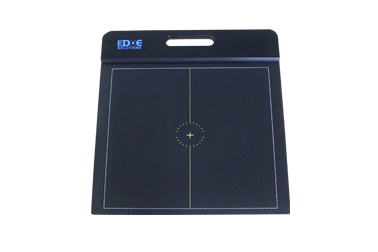
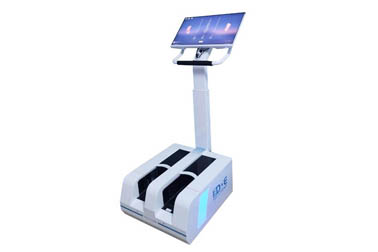
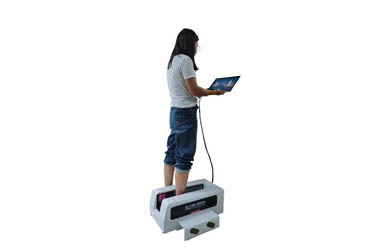
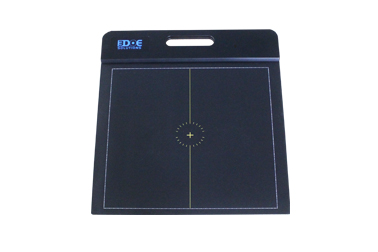

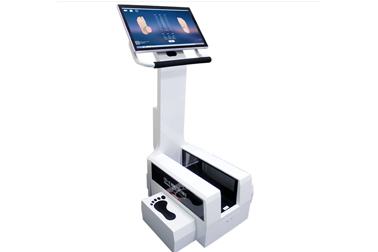



 +86-0755-86131192
+86-0755-86131192